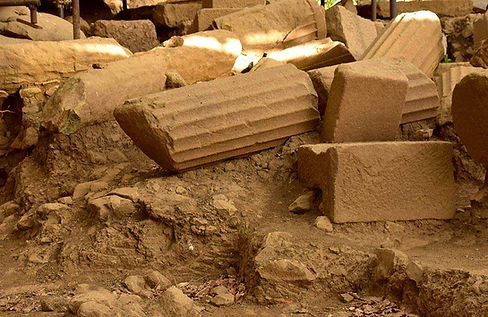
The origin of a name
Abacena (Ἀβάκαινον in Greek) was an ancient Sicilian city, founded by the indigenous Sicilian peoples and then Hellenized around the year 1000 BC.
On the border between the Peloritani and the Nebrodi, the city of Abacena probably stood in the valley located between the mountain on which today we find the town of Tripi and the Novara di Sicilia plateau.
The valley, crossed by the Tallarita and Mazzarà rivers, was also a strategic point crossed by paths that connected the center of Tindari on the Ionian coast with the center of Taormina on the Tyrrhenian coast.

The necropolis
Over the centuries, various scholars investigated the area in search of the mysterious history of this ancient center, believed to have risen over earlier settlements dating back to the Neolithic period.
It was only in the 1990s that excavations in Contrada Cardusa revealed a necropolis of considerable importance. Most of the burials uncovered were marked by epitymbia, stelae, and monuments carved from local sandstone.
The tombs often contained funerary objects of great value, including goldsmiths’ works, bronze coins, and ceramic artifacts

The archeological finds
The ceramic finds in the necropolis are mainly black-painted ceramics and red-figure ceramics.
Mainly ointment jars or containers for perfumed essences, cinerary cups for indirect incineration, containers connected to the world of women's cosmetics and at the time of the banquet.
Furthermore, external grave goods such as transport amphorae used as Semata, or as a commemorative signal of the burial, were also found.
Archeological finds photos thanks to
Archivio Soprintendenza Beni culturali e ambientali of Messina
